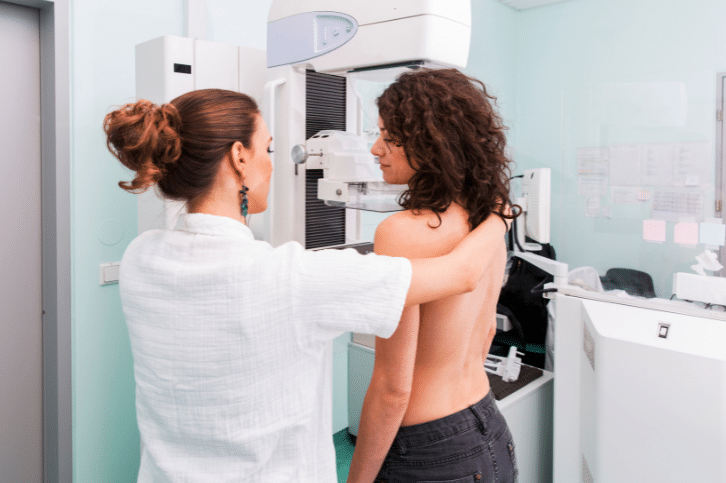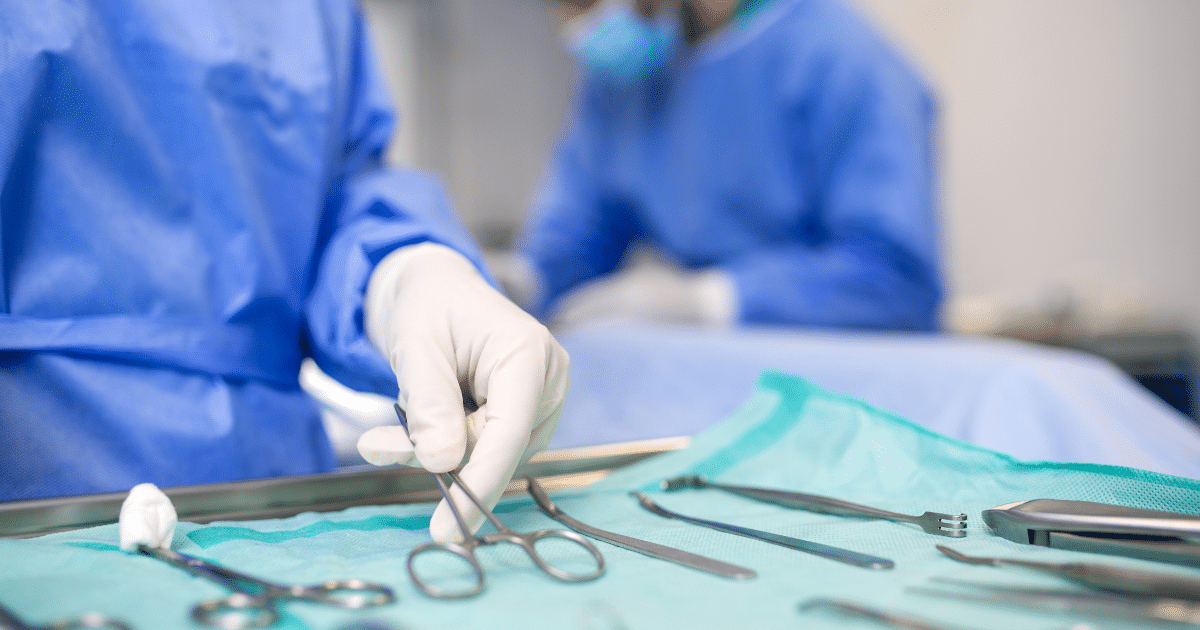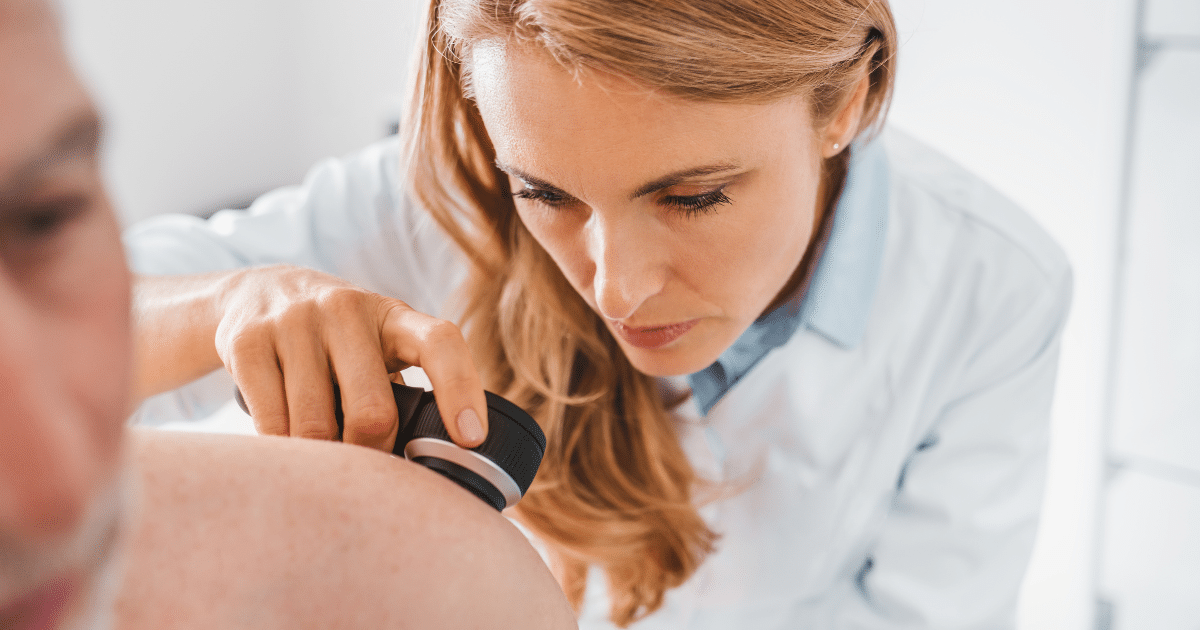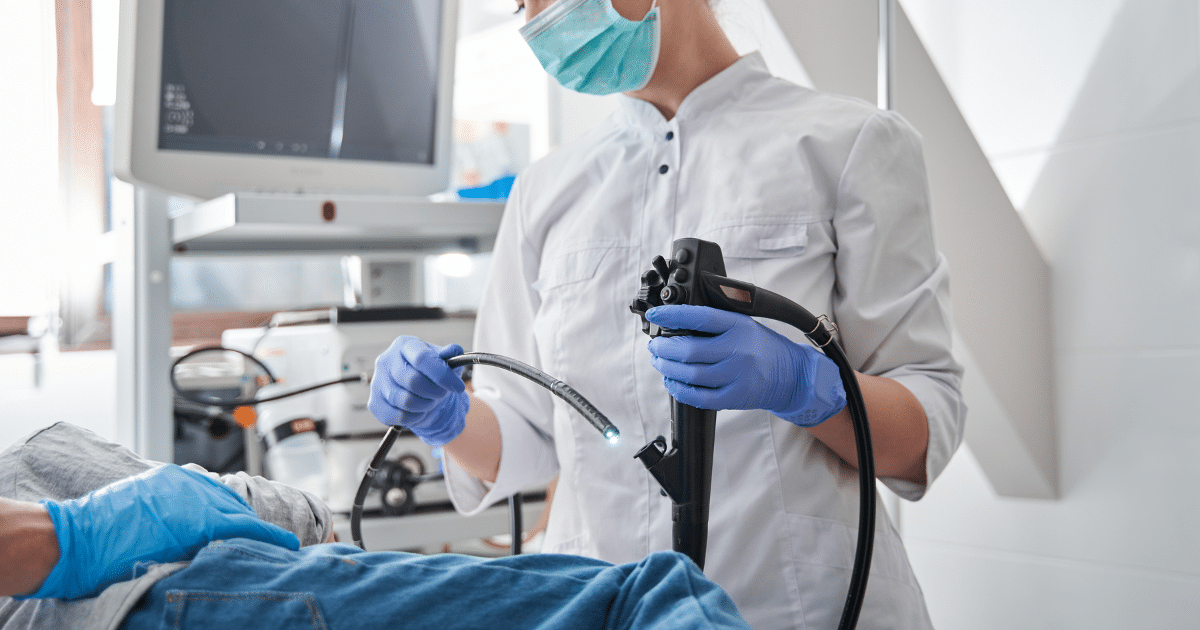Mammograms save lives.
One comprehensive study out of Sweden analyzed over 50,000 breast cancer patients. They found that those who took part in a breast cancer screening program showed a 60% lower risk of succumbing from the disease in the first ten years following a diagnosis, and a 47% lower risk 20 years after a diagnosis.
So, what preventative breast cancer screening should women undergo? Discover the difference between a screening vs. diagnostic mammogram and why your doctor may recommend one over the other.
What Is a Mammogram?
A mammogram is a non-invasive X-ray that allows health practitioners to check for breast cancer or other abnormalities. Since mammograms can detect signs of cancer early, when it is most treatable, this test can help reduce breast cancer-related deaths and the need for more extensive treatment.
Over the past decade, there have been significant improvements in mammogram technology. Today, you can get a 3D mammogram known as tomosynthesis. This type of machine used in a 3D mammogram detects breast cancer 28% more accurately than older mammogram technology. Whether you are examined using 2-dimensional digital mammography or a 3D mammogram, both use low-dose x-rays.
What Is a Screening Mammogram, and How Does It Compare to a Diagnostic Mammogram?
According to the American College of Radiology, out of every 100 women, 90 will be told that their mammograms are normal. The remaining 10 will be asked to return for additional testing.
This is the core difference between a screening mammogram vs diagnostic mammogram. One is routine screening, whereas the other is used following suspicious symptoms or unclear results.
Your provider may order a mammogram screening when you do not have any symptoms or concerns. This is a precautionary measure to identify abnormal areas of breast tissue that may be too small to see or feel. Regular screening can also help detect changes over time.
Early screening can detect cancer that would not otherwise show symptoms for years. Experts agree that when you detect cancers earlier, patients have better outcomes. If a woman does develop breast cancer, early screening provides the opportunity to treat cancer when it is more easily treated and less aggressive. There are also often more treatment options at this stage.
As expected, diagnostic mammography is used to diagnose a potential issue. If a lump is detected or a suspicious area appears during the screening process, this is the next step. You may also notice a lump on your breast without being screened. Following a physical examination, your provider may recommend a diagnostic mammogram.
The process itself also differs. Compared to a mammogram screening, which only takes around 10-15 minutes, diagnostic mammography takes longer. That is because more detailed images are taken at varying angles. In most cases, even if a lump is only found in one breast, images of both breasts will be taken to compare the breast tissue of both.
When Should I Consider Getting a Mammogram?
Organizations such as the American Cancer Society and the American College of Surgeons recommend women get a mammogram screening each year, starting at the age of 40. However, if you have a genetic condition that places you at higher risk for breast cancer, you may want to consider starting this process after the age of 30.
Also, depending on your risks and other factors, like breast density, your provider might advise additional screening methods such as breast ultrasounds or MRIs. It’s important to know that your healthcare provider can arrange all your breast cancer screening, including in-office breast exams and mammograms or other imaging.
Again, a diagnostic mammogram is administered only when symptoms appear or a screening mammogram shows abnormal results. The American Cancer Society recommends that:
– Women ages 40 to 44 should start annual screening mammograms if they wish to.
– Women ages 45 to 54 should get annual mammograms.
– Women 55 and older can continue to have an annual screening or switch to every two years.
Looking For a Primary Care Doctor in Connecticut?
PACT Primary Care is Accepting New Patients!
Locations throughout Connecticut in Guilford, Hamden, Madison, Milford, New Haven, Orange, West Haven and Wallingford.
To schedule an appointment, request an appointment online here or call a local center near you.








